#script vs movie
Explore tagged Tumblr posts
Text
What Oz could have been: The Great and Powerful
I first heard about the original script for Disney's "Oz The Great and Powerful" through a fan art of Theodora by the brilliant artist hwilki65 over at DeviantArt. The fan-art in question is gone now, but do not hesitate to go check the artist's gallery over at DeviantArt, he is one of the most thorough Oz artists of the Internet with tons of clever and beautiful takes on the Ozian world.
Everybody remembers Disney's "Oz The Great and Powerful", right? This Disney movie that attempted to be a prequel to the MGM movie, and yet couldn't really because Disney didn't have the rights? This VERY divise 2013 movie which was a big flop in terms of Oz adaptation? You remember, this thing which took a very cool concept of prequel, a lot of beautiful visuals and impressive visual effects and just... drowned it in cliche plot points, wasted opportunities and the most insufferable characters you ever met?
Yeah, this movie.
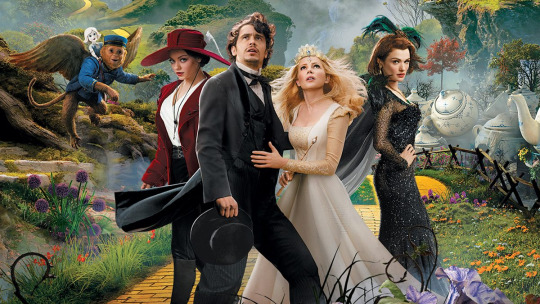
In his description for his fan-art, hwilki65 evoked the original scenario for the movie. His fan-art was of the "original" Theodora, not the one from the movie - and while the final product might seem like a simple cash-grab attempting at reclaiming the MGM heritage, these early drafts proved that the movie ACTUALLY started out as much more faithful to the Oz books and more sincere in its attempt at reconciliating the various Oz heritages into something new.
Of course, the idea of a better original version of the movie, that eventually was butchered into the story we can see today, was very intriguing. So I checked out the original script for the movie (but not after YEARS of searching it around, because it wasn't disponible online at first). And OH MY! The original scenario is indeed very different from the final movie, and quite better in term of overall quality! I did a full breakdown of this script back at my Oz side-blog (@witchesoz ), but to give you a taste of what we lost, and to encourage you to go seek this original scenario, here are some key points different from the final movie:
Oscar, the Wizard of Oz. In the movie? A selfish, greedy, womanizing jerk who starts out as the villain of the story, and his evolution arc is basically just him learning to be a decent human being. In the original script? He was such a positive character - in fact I will dare say he was a saner and cleaner version of Jack Sparrow. He was this kind-hearted, goofy, extravagant stage magician VERY good at his job (he was also a ventriloquist like in the novel, AND an escape artist/contortionist), but unfortunately unappreciated by the folks of 1900s USA, so he was forced to do snake-oil selling just to survive. He wasn't motived by greed or lust, but by his day-dreaming and ambition at being the greatest magician of all time, acclaimed by the masses - and the reason he played into "Yes I'm the Wizard of the prophecy" wasn't because of some girls or riches, but simply because Oz was the first place where his magic tricks actually impressed someone.
Remember this little winged monkey fella that Oscar saves the life of in Oz, and so the monkey swears a "life debt" to the wizard and becomes his funny sidekick? In the original script it was the reverse situation. Oscar was helped by a winged monkey, and thanked the talking animal for saving his life, swearing he had a "life debt" TO THE WINGED MONKEY, not the reverse.
In the final movie, when Oscar is in the tornado, he just whimpers and begs for his life. In the original script? He underwent a King Lear-like monologue, insulting the winds and defying the storm, insulting the tornado and daring it to kill him.
Theodora... Oh, Theodora! The character was originally designed as the very opposite of what she ended up as. She wasn't a shy, naive, nice girl - she was this strong, confident, majestic witch. Oscar didn't manipulate her like a teenage girl: she was the one who manipulated Oscar like a puppet by pretending to be a good witch and forcing him into the role of The Wizard of Oz. Yes I say "by pretending" to be a good a witch. Because originally, Theodora was a wicked witch FROM the start. She knew and was in league with her sister's evil plan. The only difference between the two is that Theodora, as the younger and less experimented sister, still had some humanity left in her - feelings of kindness and human decency that the wizard managed to "wake up" by just... being nice to her and treating her like a regular human being. There was the whole "I give you the music box" scene, but it was the reverse? In the original draft Oscar didn't lie, he just gave her a random music box as a gift for helping him in Oz, just out of kindness without expecting anything in return ; and that DID touch Theodora because indeed, since she is a wicked witch, she never had such a genuine gift out of pure kindness.
Originally we would have the backstory of the Cowardly Lion. Theodora, wishing to "test" if the Wizard truly had powers or not, secretely turned a rabbit into a lion, and had it attack Oscar while he was alone and presumably defenseless... Only for the Wizard to shoot it with a gun, causing in this rabbit-lion the fear of humanity.
Originally the servants of the Wicked Witches were the various terrible tribes of the novel "The Emerald City of Oz", monstrous outsiders the Witch sisters had Oz invaded with. The Growleywogs, the Whimsies, the Nomes (well rather the Gnomes)...
In the movie Theodora "turn to evil" is literaly just "Oh, a guy cheated on me, I'm heartbroken, let me nomnom on some evil". In the original draft? SO MUCH BETTER! Evanora, noticing Oscar had rekindled the last piece of goodness in her sister, first tries to convince Oscar he should kill Theodora because she is "in league with the wicked witch". When Oscar refuses to commit murder, Evanora tries to convince Theodora Oscar was trying to kill her... But Theodora doesn't buy it and, even though the Wizard knows she is a Wicked Witch, she still helps him escape Evanora in return for the kindness he showed her. And afterward, Evanora spends many, many scenes abusing her sister, at first verbally, psychologically, finally physically, to convince her to give up on the last of her humanity and enter a deeper, more monstrous stage of wickedness. Theodora does end up burning her skin due to the tears - but they're the tears her sisters make her shed with her torture. And Theodora resists' Evanora poisonous words, only to give up when Glinda causes a siege on the Emerald City and the Witches must prepare themselves to directly confront and fight Oscar.
And can we speak about Glinda? She was SO MUCH closer to the Glinda of the books! She was this majestic, beautiful and powerful warlord-witch living in a grand palace in the south, all on her own (because, since she is a witch, she literaly needs no servant). As soon as she saw Oscar, she cut through his bullshit and shoot down his dream of grandeur, because she knows what real magic is (all Witches do, but the Wicked Witches played along to better manipulate Oscar). She gathers an ACTUAL army of thousand of people to besiege the Emerald City ; and during the war she uses so much more her powers, bu unleashing blinding mists and huge snowstorms, and literaly stopping or unleashing the winds. Oh yes, and all possible romance between Oscar and her is also clearly made impossible when it is revealed that Witches cannot kiss humans - else humans DIE (which also puts Theodora's loneliness under a new light).
Oh yes, and in the original draft, Oscar's development was actually him going from this ambitious daydreamer who only wished for a fantasy land to escape to, where he would be a great and acclaimed wizard... to him actually being fed up with Oz where everybody wants to kill or manipulate him, and dreaming to return to Kansas to settle down with those he truly love, and live there a mundane, quiet, normal life, as a regular man... Something he ends up being forced to give up, because he is needed to prevent the Wicked Witches from overtaking Oz, and so he literaly is trapped within his own dream and forced to give up what he realized too lat was what he wanted all along...
Seriously, the original draft for the movie was SO INSANELY COOL. It was still a rough draft and it had pacing problems, and some cheesy stuff that definitively needed to be cut, and also some weird phrasing that made it sound somehow racist sometimes? But outside of that, the characters and plot were truly so much better than what we got!
#oz the great and powerful#original script#original scenario#what could have been#what oz could have been#theodora#oscar diggs#glinda#oz#script vs movie
110 notes
·
View notes
Text


challengers (2024) dir. by luca guadagnino and written by justin kuritzkes // script vs. screen
#i think so much about the subtle changes from atp’s personalities from the script to the movie#reaaaallly need someone to talk to#would love to know about justin and luca’s choices#even the slightest little changes live in my head rent free !!!#challengers#art donaldson#patrick zweig#bea reads the script 📖#script vs screen
84 notes
·
View notes
Text
OOPS ALL GIDEONS
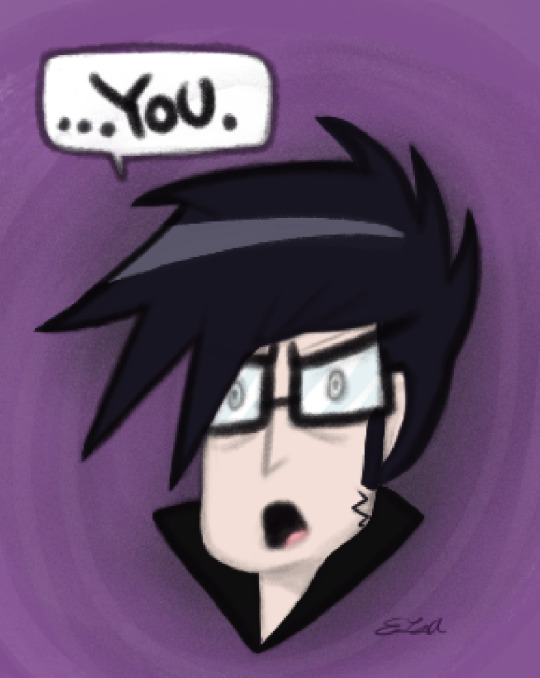
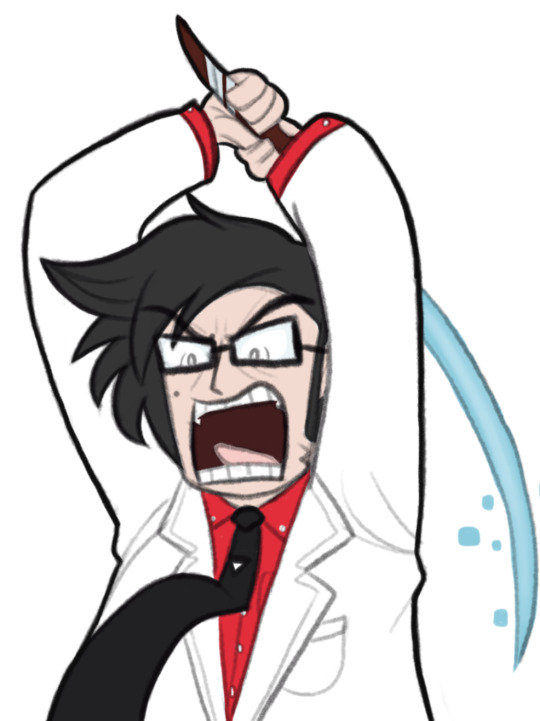
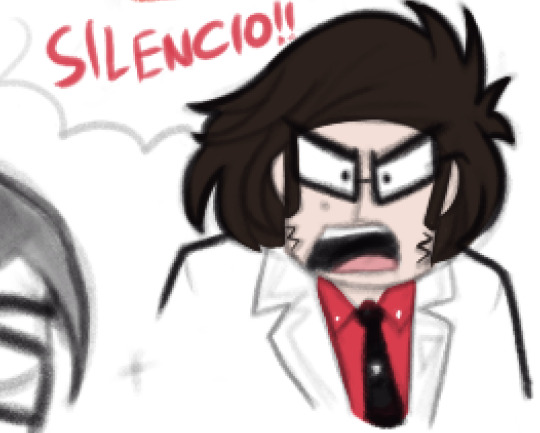
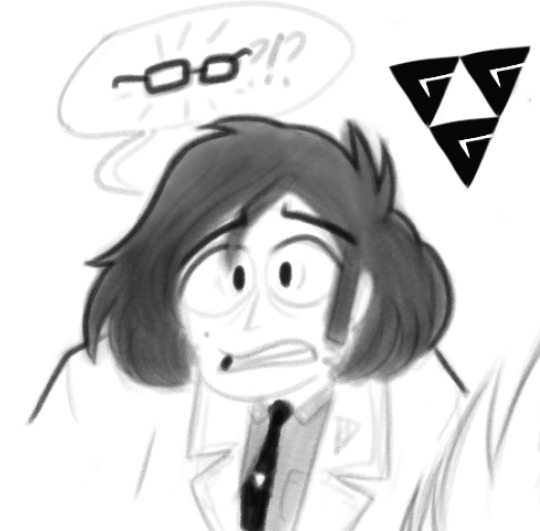
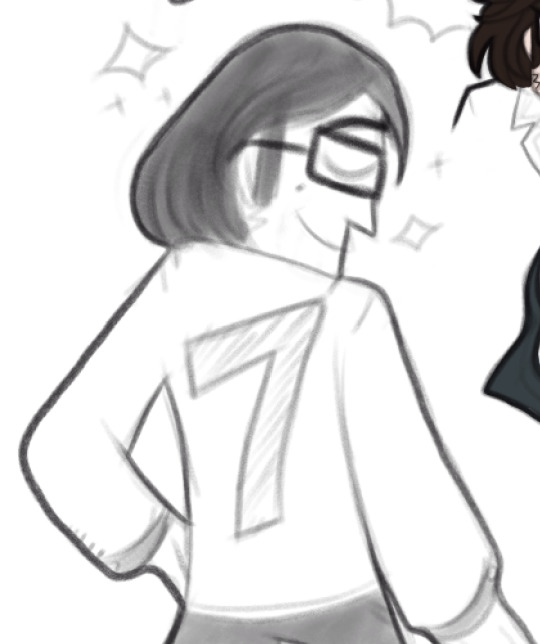
PS @that-weirdmango2 here's not one...but two Credzilla jumpscares for ya...if you want 'em ;)

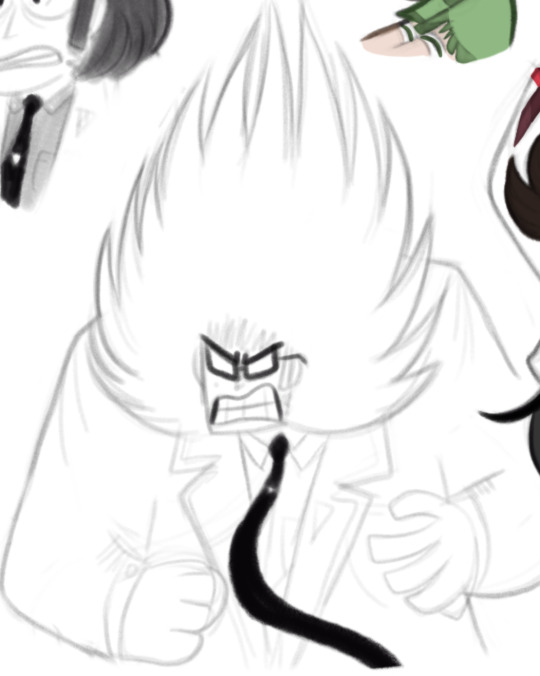
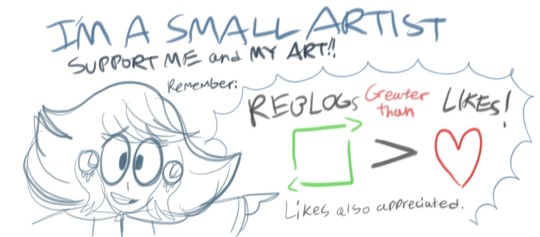
#my art#emilylsart#scott pilgrim#scott pilgrim vs the world#spvtw#gideon graves#gordon goose#credzilla script pilgrim#man it's been AGES since i first drew credzilla!! (4 months ago)#about time i drew this big evil ceo kaiju again#URRGH i NEED to give credzilla more love!!! read the early sp movie script about him!! so insane!!#please note that the second and sixth doodles are kinda old while the rest were made recently#enjoy the gids :)#doodles
28 notes
·
View notes
Text
I'm gonna rewrite Megamind VS The Doom Syndicate but make it actually good and I have an entire doc with ideas already and idk, does anyone even want to read that?

#Megamind#Dreamworks#Megamind2#Megamind vs the doom syndicate#the doom syndicate#movie#movie script#animation#disaster#please save me from this hell#i have been obsessed with megamind for ages and they ruined it#my life is ruined#i hate them#im gonna become a terrorist istg#im not its just a joke#but ffs#im ready to start a riot#please#i have ideas#great ideas#you can hire me#ill write it for you dreamworks#DREAMWORKS PLEASE#I CAN EVEN LEARN 3D ANIMATION AND ANIMATE THE ENTIRE THING#ILL SPEND MY LIFE ON THIS MASTERPIECE BUT LET ME FIX IT#FIX IT
26 notes
·
View notes
Text
the upper half of Sentinel "Prime" after only having ruled over Cybertron for the human equivalent of barely a month

#GET IT??? BC SENTINEL WAS PLAYED BY JON HAMM???#but fr the “we've been at war with the quintessons for thousands of cycles” vs “the war has been over for 50 cycles” breaks my brain so bad#they shouldve kept the “the war has been over for 1000 cycles” for the og script OR also scaled down the duration of the quintesson war#bc we SAW in the movie that they did *a lot of shit* during those mere 50 cycles. the mines are DEEP#tagging later#tf#sentinel prime
17 notes
·
View notes
Text
anyone saying the barbie movie is a 10/10 must be tripping balls, holy shit. like i get liking the movie. but for real read some judith butler and elevate your feminism past 2010-Buzzfeed-Disney-Princess-girlboss "men and women are different species" "there must be the oppressor and the oppressed in gender dynamics, so women might as well be on the top this time" feminism like oh my god
#mine#i don't even wanna tag this cuz i don't want 2 just be a hater#but the feminism in the barbie movie has me tearing my fucking hair out#the camera implications vs the script.......#the casting. the messaging. the way everyone's favourite parts are the ken parts#bc ken is treated as more of a real character with an arc than barbie is#idk like parts of the movie WERE fun#but the fact that the movie ends without a gender integrated ending...#like the movie was in fact NOT arguing for gender equality and integration#which is such a misunderstanding of like. Gender politics and a lot of feminism#feminists don't want the same systems but women are oppressing the men. oh my god#sorry ignore this if u really liked the movie & don't wanna hear it#but like. even if u liked the movie. perfect movie? come the fuck on#this movie was MESSY
29 notes
·
View notes
Text
shaking lawrence gordon round like a bug in a jar
#txt#rewatching saw. again#oghh hes so. hes so.#tightly wound n controlled n losing that control is. mwah#n esp w the details we get from the script like oh man.#i dont like to armchair diagnose esp as a neurotypical but theres smth going on w that man.#isnt there a bit in the script abt his routine (PRINTED) saying shit like. 6am gym. 7am smoothie. etc#n apprentice lawrence adds another layer like oughhhh u lost everything (incl assuming ur marriage bc lack of wedding ring etc) so like#he got out of the bathroom for them but lost them anyway. so turned to apprenticehood (partially bc well. pried over to that thinking)#(during his. recovery)#n like. oughhh lawrence.#hes so. hes soooo.#the movie + the script u rlly do get a sense of how much he values his sense of control. even if its not. what he wants?#eg the cheating stuff ohhh my god#anyway. lawrence im tapping the screen i wanna study u like a bug#n the bit james wan said in the commentary about him n adam switching roles (calming vs stressed etc) throughout the movie oughh#<- extremely simplified but waghh
14 notes
·
View notes
Text
Seriously, when you read the script with the finished movie in mind, it teaches you a LOT about how creative projects can be stunted and disfigured. There's so many things I could mention, but Theodora... In the original draft she was a fascinating and complex character, fitting very well the idea of a pre-Witch of the West. Meanwhile in the movie Theodora is... well, whatever she is.
Given we are going to fall back into an Ozian time, I wish to say this again: I do believe that the original draft of "Oz the Great and Powerful" was much better, more efficient, and more well-written than what the movie ended up being.
And comparing the original draft with how the movie actually looks like is a good example of what happens when movie-makers take a good idea, interesting characters and cool concepts, and then water them down and limit things until it all becomes superficial, cliche, boring, and with nasty implicits.
The original draft wasn't perfect but damn it, it had heart and soul, understood the original material, and I would pay if it had to be made today. If we had the storyline and the characters from the original draft, with the visuals and special effects of the final movie, we could have had a fascinating piece of alternate Oz.
27 notes
·
View notes
Text

Being An Artist Isn't What You Think it Is - P.M. Lipscomb
Watch the video interview on Youtube here.

#artist on tumblr#filmmaking#film#writing#filmmakers on tumblr#screenwriters on tumblr#writers on tumblr#artist support#screenwriting#script#cinema#artist life#art community#artist problems#film community#filmblr#art vs artist#life#money#writers#writers and poets#creative writing#writeblr#writerscommunity#writer stuff#ohio#independent film#indie artist#musician#making a movie
3 notes
·
View notes
Text
Uh oh, what's this?...The G-Man has risen...INTO SOMETHING MONSTROUS!!

It's been a long time coming, but here's my concept for Credzilla, aka Gideon Graves' "giant monster form" as seen in the early movie script for Scott Pilgrim vs. the World, written in 2007! Believe me, I've been going a bit crazy for this guy for a month now ever since @that-weirdmango2 introduced me to the script and has recently been wanting to see this version of Gideon more...and I agree with him! For days and days I've been sketching this monster man and I've finally found a use for him (may change but this is fine for now)!
Well, here's some info about my version of Credzilla:
Credzilla dons his tall stature as well as the flowy, super saiyan-like hair from his subspace form as seen in final volume of the comic series.
Credzilla's strong body type came from his Super Gideon Graves form (as seen in the video game). The doodle on the top right is kind of a redraw of Super Gideon's intro screen.
Credzilla's powers include shooting flames (with words) out of his mouth and an optical blast straight out of his glasses!
His glasses appear pure white while in this form, but his eyes appear when mad or just plain crazy.
Yes, Credzilla has "the glow" all over him. He does that when receiving his "coolness" from his followers, allowing him to grow continuously...until he reaches his full potential as the GOD OF COOL!! Whatever he'll do next after reaching this form is not good by our standards!
One of Credzilla's "mini-weaknesses" is a remark/comment that he claims "uncool". The one true weakness is to find out what REALLY makes him tick...if Scotty P. can find a way to LITERALLY get inside his head (just like in the early script)!
That's it about my ideas about Credzilla so far...I may be making a little comic/alt. scene to the movie about him, but I'll have to see when I get there.
[tagging: @that-weirdmango2]
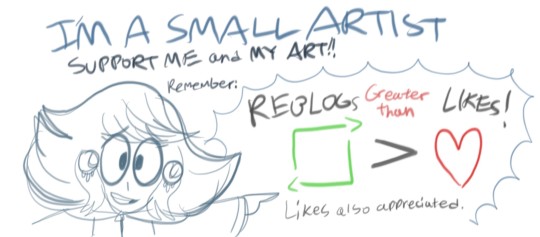
#my art#emilylsart#scott pilgrim#scott pilgrim vs the world#spvtw#script pilgrim#gideon graves#gordon goose#credzilla script pilgrim#god i love g-man as a giant monster let me tell you#i mean wouldn't THAT be entertaining if it was in the actual movie?!?#anyway i am kinda nervous about making the alt scene comic...#but whatever I'M GONNA BE CRINGE AND FREE!!
35 notes
·
View notes
Text
Ok so Young Neil is making a movie based on the events of the book/film as they should’ve went. That feels me with uncertain feelings
#the entire script being just the movie makes me kinda paranoid that shit might get meta commentary-y#and while the rest of the episode isn’t it makes me wary of the rest of episodes…#I’m sure I’m just being paranoid but I’ll remain so until proven wrong cause I HATES meta commentary!#on a more positive note: it’s nice seeing ol double L at length.#it’s nice to see Ramona’s bitchery and how it pretty much it shaped Lucas pretty much completely#dude’s whole persona is just being the best so he’ll never be left in the dust again and I think that’s neat#more of the same as with Roxy but slightly more interesting so#also Todd is gonna be Scott in the movie since Lucas ditched it. and I think that’s funny since Todd is designed to be Scott but handsome#in fact doesn’t he sometimes have the same hair color as Scott? I know he did in one thing or another(prolly the game#all in all good ep but I am wary of what’s to come#scott pilgram takes off#scott pilgrim#scott pilgram vs the world
3 notes
·
View notes
Text
Jason Statham Meme – “Romance? I Thought We Were Fighting” Funny Rom-Com Audition Parody



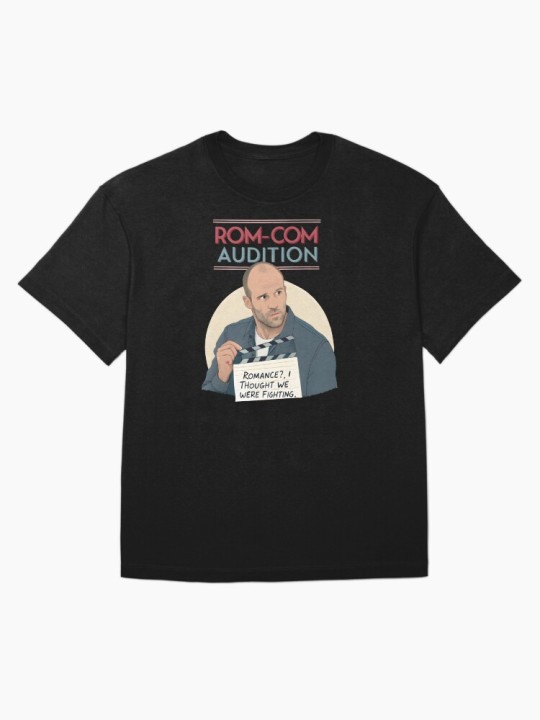
Bring some dry humor to your Redbubble collection with this clean vector artwork of Jason Statham in classic deadpan mode—holding a script titled “Rom-Com Audition” with the caption: “Romance? I Thought We Were Fighting.” Perfectly capturing the irony of a stone-faced action hero cast in a genre full of feelings, this design pokes fun at the one-note intensity we all love about Statham. With clean lines, no background, and a bold comic feel, it’s an ideal pick for movie buffs, fans of parody art, and lovers of pop culture mashups. Whether on shirts, stickers, or posters, this meme delivers cinematic comedy with a punch.
#redbubble#jason statham#rom com audition joke#action star parody#one emotion infinite films#funny deadpan humor#romance vs action meme#redbubble funny design#statham holding script#rom com meme#sarcastic actor art#movie genre mixup#clean vector illustration#tough guy comedy#pop culture parody#ironic casting meme#jason statham meme
1 note
·
View note
Text
lol even flexing with cheat skills editing also sounds like a pain versus hiring
#I simply would just to help a classmate out more#personalice#unless here more him#hinting about directing his blown movie too#vs just writing scripts#alice liveblogs
0 notes
Text
Welll.....

There's something hilarious about how so much subsequent media has positioned Vampires and Werewolves as, like, binary opposite entities, and then you read Dracula (1897) and realize that wolves are that guy's preferred solution to every problem. You'd say something to Dracula about "ah yes, werewolves, vampires' great eternal enemies," and he'd just be like "you mean my subcontractors?"
#this movie script was actually reworked into 'House of Dracula'#but there was very much still vampires vs werewolves in that movie#so i think we can blame universal for the whole thing
70K notes
·
View notes
Text
low-key obsessed with the shift from the script , where Diamondback's older, dressed in a rhinestone and tasseled denim jacket and white cowboy boots, not looking Jesse in the eye to the movie where she's in a utility jacket over a corset, like 28, and rolling her eyes at him behind his back.
#its literally blink and miss it right after he says they'll give caleb a week#anyway also love how jesse is somehow more evil in the movie but less of a dick to his family than in the script#script jesse kind just. he gets a split second of softness to Di in the car but that's about it#movie jesse's entire persona seems made of straw and one bad day away from just letting Mae or Di call all the shots#walking that line of keeping them safe vs keeping them happy#script jesse didn't really seem to like his family?
1 note
·
View note
Text
I disagree with everyone's writing advice.
1 note
·
View note